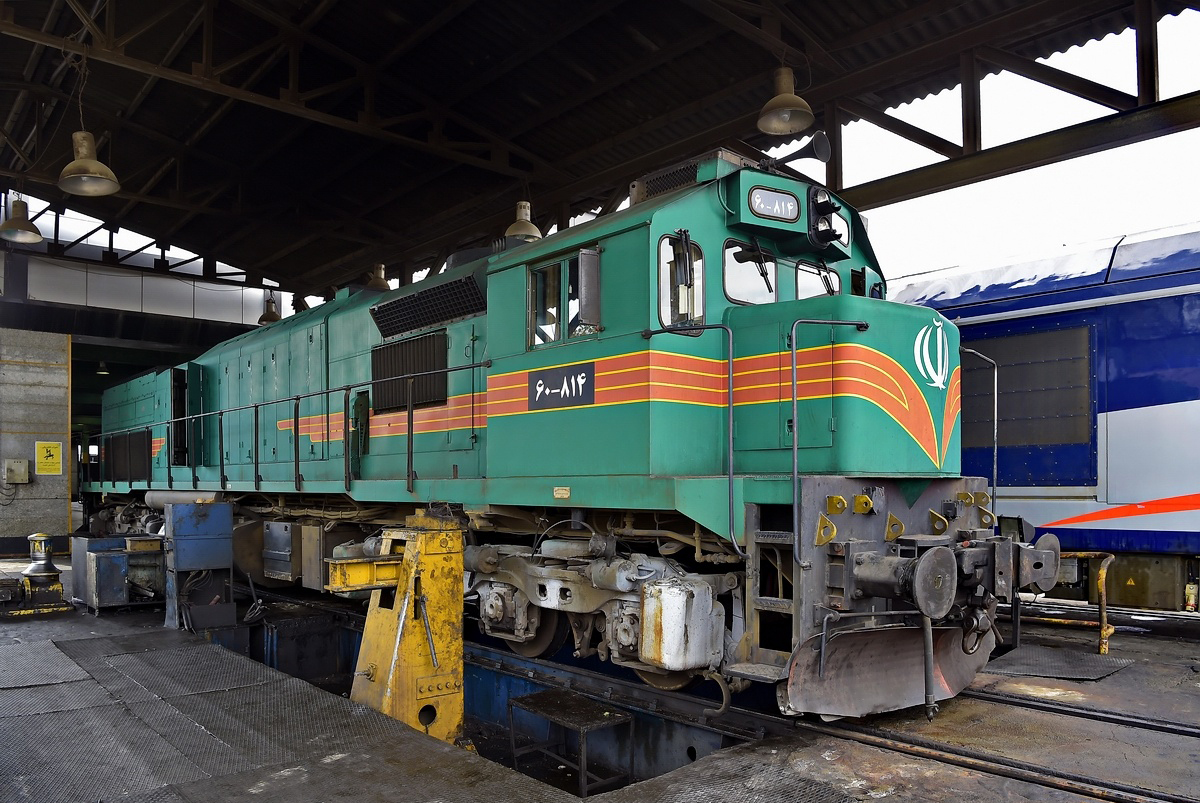When Iran’s Ministry of Roads and Urban Development said last year the country's ever-increasing railroads will work below capacity if more railcars are not imported, the domestic railcar makers felt threatened.
Demand for railcars is substantial in Iran, as it needs 3,000 passenger and 30,000 freight cars, the Minister of Roads and Urban Development said recently.
“After the 10 remaining provincial capitals [which have yet to be connected to the national rail network] are linked, we will need to procure 3,000 railcars valued at €3 billion,” Abbas Akhoundi was quoted as saying by IRNA on Tuesday.
Some 3,500 kilometers of railroads are under construction in Iran, of which 1,800 kilometers of railroads are planned to become operational by the end of the current fiscal year (March 20, 2018). Of this figure, more than 900 km pertain to double-tracking.
The government has prioritized the rail linkage of five provincial capitals by the end of the current Iranian year (March 2018). Most of these projects are in final stages of construction.
By 2022, when Iran’s Sixth Five-Year Economic Development Plan ends, the share of railroads in transportation is planned to rise to 20% and 30% for passenger and freight transport respectively.
Trains are projected to transport 100 million passengers annually by the end of the Sixth Plan.
There is a lot of work to do in the cargo sector as well.
The minister said that for railroads to have a 30% share in the country’s cargo transportation, the 40 million tons of cargo transported via rail in March 2016-17 should increase to 195 million tons by 2021-22.
“According to estimates, we need to add 30,000 wagons, as we cannot see a fivefold increase in freight transport capacity with the existing fleet,” he said.
Policymakers are against CBU (completely built unit) imports, because domestic railcar companies are working below capacity due to financial and technological shortfalls. Foreign companies have better chances here.
However, financing is a major challenge for European firms. They have signed deals worth billions of euros with Iran, but so far they have failed to persuade EU banks to step in. However, France particularly seems to have ignored these impediments. French firm Alstom is now tipped to become a key player in Iran’s railcar sector.
Alstom inked a preliminary trilateral agreement in July with Industrial Development and Renovation Organization and Iranian Rail Industries Development Company worth €1.3 billion to manufacture 1,000 subway railcars at IRICO facilities in Iran.
Russia is another heavyweight that is making inroads in Iran. The country’s CJSC Transmashholding signed a €2.5 billion contract with IDRO late June for the joint production of rolling stock inside Iran. As per the agreement, a joint venture will be formed with an initial capacity of producing 300-400 units per year. Alstom is a major stakeholder in Transmashholding.
There is another Russian company involved. United Railcar Company signed a deal early March to supply 6,000 wagons to Iran within three years, of which 4,900 are to be produced inside Iran.
One thing these deals have in common though is that they all assure Iranian authorities that in a few years' time, Iran will be able to produce railcars domestically.



